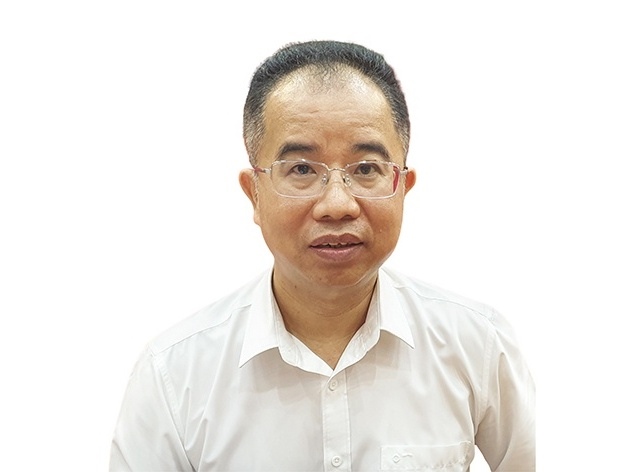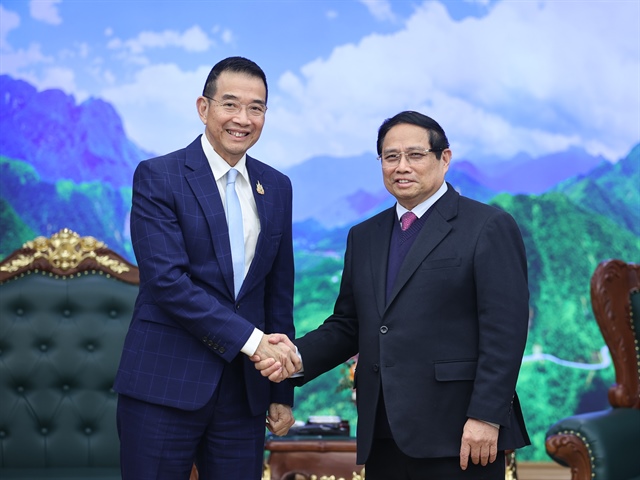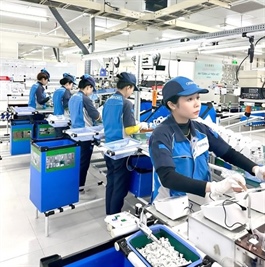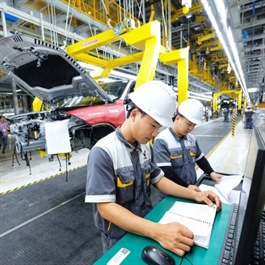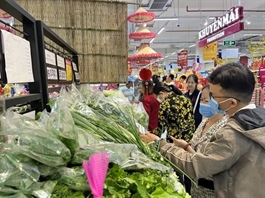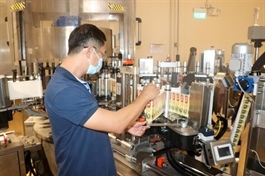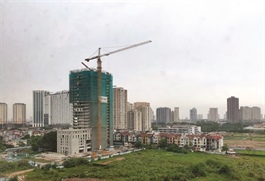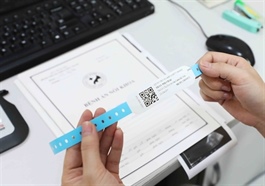Việt Nam promotes digitalisation in customs activities
Việt Nam promotes digitalisation in customs activities
The General Department of Customs in 2024 will continue to reform customs policies and procedures, as well as build and deploy digital customs.
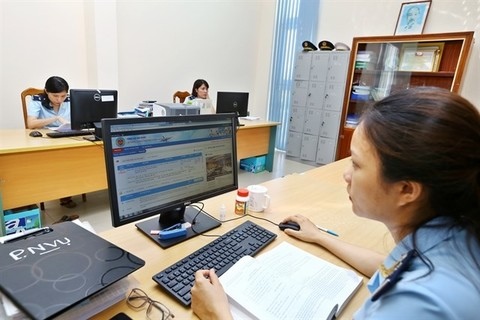
Quảng Bình Customs Department's staff works on VNACCS/VCIS system. — VNA/VNS Photo Minh Quyết |
That will contribute to creating favourable conditions for import-export businesses, supporting trade promotion and helping the country's economy achieve its growth target.
This year, the General Department of Customs is assigned by the National Assembly a state budget revenue of VNĐ375 trillion, including VNĐ204 trillion from import and export activities. However, the state budget revenue from import and export activities is forecast to continue to face many factors affecting the world's economy and society.
To ensure the legal basis for implementing customs reform and modernisation in the coming time, the customs sector has been focusing on completing submission of documents on legal implementation of customs administrative procedures on electronic and digital platforms to the Government and the Ministry of Finance for promulgation.
Specifically, the Ministry of Finance issued Circular 33/2023/TT-BTC dated May 31, 2023 on determining the origin of export and import goods.
At the same time, the customs sector continues to accelerate completion of draft decrees that play a particularly important role in promoting administrative reform, creating favourable conditions in enterprises' activities of goods import and export, and implementing all customs procedures and tax management for these goods.
They include a decree regulating the management mechanism, methods, order and procedures for quality and food safety inspection for imported goods; a decree on customs management of import and export goods traded via e-commerce; and a decree amending and supplementing Decree 08/2015/NĐ-CP on implementing the Customs Law's regulations on customs procedures, inspection and supervision.
At the same time, the customs sector also focuses on building and completing the digital customs and smart customs project, synchronously and comprehensively implementing solutions to promote digital transformation in customs activities, said Nguyễn Thế Việt, deputy director of the division on customs supervision and management, General Department of Customs.
This project also aims to manage activities of the customs in the digital environment from the entire process of implementing customs procedures, including before, during and after customs clearance. That ensures seamless management from beginning stage to the end for exported, imported and transited goods; and transport means.
The General Department of Customs also continues to actively propose reforms in management and specialised inspection of import and export goods.
In addition, customs authorities improve the operational efficiency of the National Single Window and ASEAN Single Window, gradually implementing digital transformation of this system to optimise their operation.
Now, all core customs procedures are implemented on the VNACCS/VCIS system at all customs offices nationwide. The General Department of Customs also provides online public services at levels 3 and 4 for other administrative procedures, the representative of the General Department of Customs said.
Last year, Việt Nam's total goods import and export value was estimated to reach US$683 billion, down 6.6 per cent from the previous year. Of which, exports decreased by 4.4 per cent while imports decreased by 8.9 per cent.
With the existing difficulties in the global and home markets, from the beginning of 2023, the General Department of Customs synchronously and promptly implemented tasks and solutions according to the issued resolutions to facilitate trade activities, remove difficulties for businesses and implement State budget revenue plan.
Việt said notably, the General Department of Customs issued Decision 123/QĐ-TCHQ on implementing administrative reform, simplifying customs procedures, and facilitating trading activities in 2023.
Accordingly, the customs sector has reduced by 10 per cent the time required to implement customs clearance and goods handling. The number of electronic documents certifying the origin of goods also increased sharply.
Customs authorities prioritise the implementation of customs clearance procedures for agricultural products and perishable goods, and work with local authorities to actively complete customs clearance at the Northern border gates, he said. Border gates in Lạng Sơn province are currently operating customs clearance from 7 am to 10 pm.
In 2023, import and export activities were conducted at six border gates in Lạng Sơn Province. The total import-export turnover of Lạng Sơn reached nearly $5 billion, an increase of 60.9 per cent year on year.
The customs clearance of fruit and agricultural products was carried out smoothly, with no congestion, contributing to maintaining stability in bilateral trade activities and ensuring the supply chain of goods.


